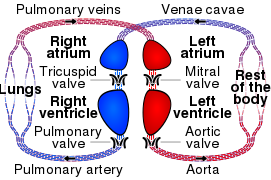This article has multiple issues. Please help improve it or discuss these issues on the talk page . (Learn how and when to remove these messages)
|
| Scalable Vector Graphics |
|---|
Animation of Scalable Vector Graphics, an open XML-based standard vector graphics format is possible through various means:
Contents
- History
- Examples
- SVG animation using SMIL
- SVG animation using CSS
- SVG animation using ECMAScript
- SMIL attributes to identify the target attribute
- Libraries
- See also
- References
- Scripting: ECMAScript is a primary means of creating animations and interactive user interfaces within SVG.
- Styling: Since 2008, the development of CSS Animations as a feature in WebKit has made possible stylesheet-driven implicit animation of SVG files from within the Document Object Model (DOM).
- SMIL: Synchronized Multimedia Integration Language, a recommended means [1] [2] [3] [4] of animating SVG-based hypermedia, supported by the Amaya (2003) [5] Opera (2006), [6] Mozilla Firefox (2011), [7] Google Chrome (2016) and Safari (2017) web browsers, [8] and any browser that aims to pass the Acid3 web standards test of 2008 (i.e. before the test's "simplification" in 2011) as this requires SMIL support for tests 75 and 76.
Libraries have also been written as a shim to give current SVG-enabled browsers SMIL support. [9] This method is also known as SVG+Time.[ citation needed ]
Because SVG supports PNG and JPEG raster images, it can be used to animate such images as an alternative to APNG and Multiple-image Network Graphics (MNG).






